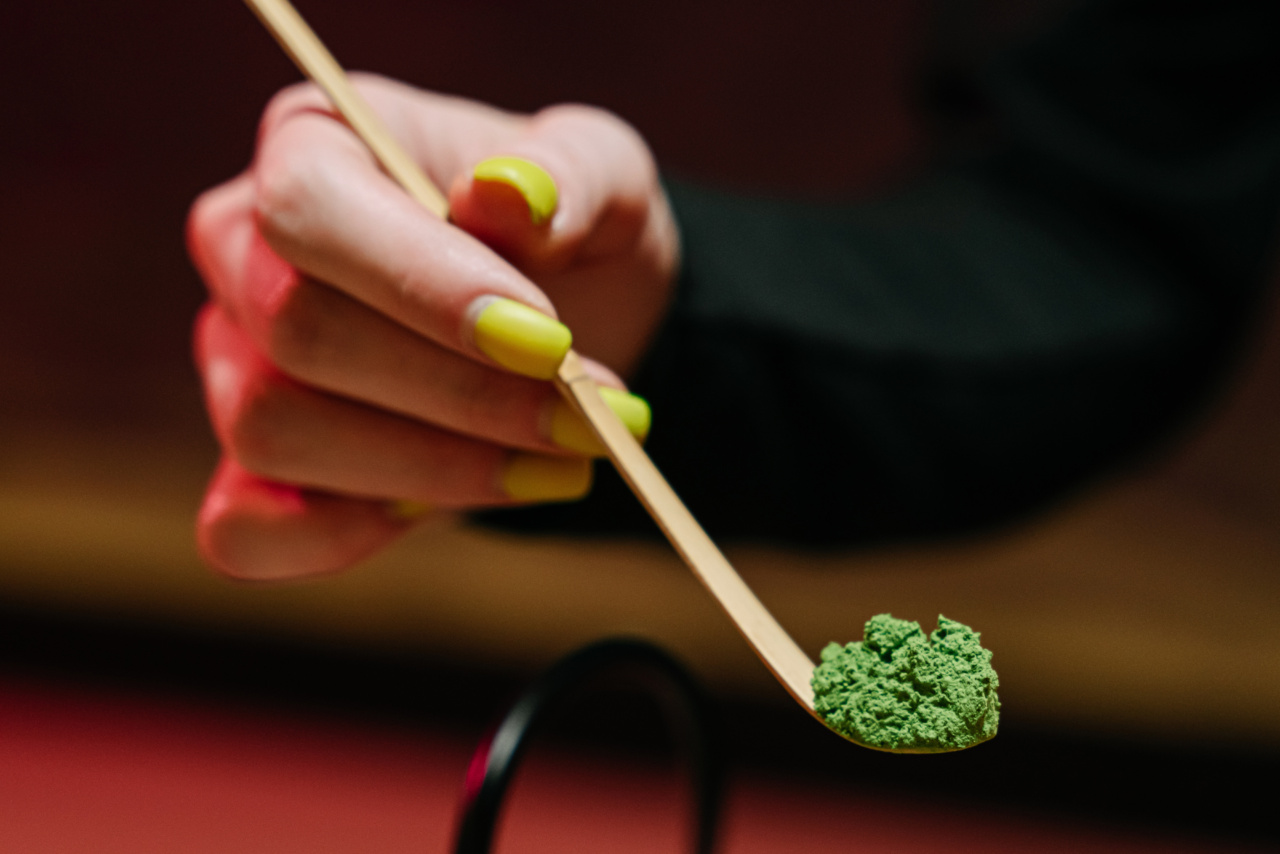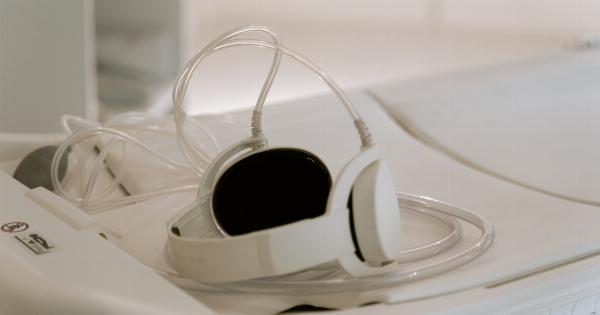Nail polish is a popular beauty product that is used by millions of people worldwide to enhance the appearance of their nails.
While it can make nails look beautiful and polished, many people are unaware of the potential dangers associated with traditional nail polish. In this article, we will explore some of the harmful effects of traditional nail polish and why you should consider using safer alternatives.
1. Toxic Chemicals
One of the biggest concerns with traditional nail polish is the presence of toxic chemicals. Many nail polishes contain harmful ingredients such as formaldehyde, toluene, and dibutyl phthalate (DBP).
These chemicals have been linked to various health issues, including allergic reactions, reproductive problems, and even cancer.
2. Inhalation Risks
When applying nail polish, the fumes emitted can be harmful if inhaled in large quantities.
The strong smell of traditional nail polish is an indication that it contains volatile organic compounds (VOCs), which can irritate the respiratory system and cause dizziness, headaches, and nausea. Regularly inhaling these fumes can have long-term health effects.
3. Allergic Reactions
Some individuals may be allergic to certain ingredients in traditional nail polish. Allergic reactions can manifest as redness, itchiness, swelling, or even blisters on the skin around the nails.
Continuous exposure to these allergens can worsen the reaction and lead to chronic skin conditions.
4. Nail Damage
Regular use of traditional nail polish can weaken and damage the nails. The chemicals present in the polish can dehydrate the nails, making them brittle and more prone to breakage.
Additionally, the act of removing nail polish can cause further damage by stripping away the natural oils and protective layers of the nails.
5. Environmental Impact
The production and disposal of traditional nail polish contribute to environmental pollution. The toxic chemicals present in nail polish can contaminate water and soil when not properly disposed of.
Additionally, the packaging of nail polish often includes plastic components that end up in landfills and contribute to plastic waste.
6. Difficulty in Removal
Traditional nail polish requires the use of harsh nail polish removers to effectively remove the color. These removers usually contain acetone, a powerful solvent that can strip away the natural oils from the nails and leave them dry and brittle.
Continual use of acetone-based removers can further damage the nails and cuticles.
7. Children and Pregnant Women
Traditional nail polish poses an even greater risk to children and pregnant women. Children have thinner nails that can absorb the chemicals more easily, increasing their exposure.
Pregnant women should also be cautious as some ingredients in nail polish can potentially harm the developing fetus.
8. Alternatives to Traditional Nail Polish
If you want to avoid the potential dangers of traditional nail polish, there are safer alternatives available. One option is water-based nail polish, which is free from harmful chemicals and has a lower environmental impact.
Another alternative is to choose nail polishes labeled as “3-free” or “5-free,” indicating that they are free from certain harmful ingredients.
9. Proper Ventilation
When applying traditional nail polish, it is essential to ensure proper ventilation. Open windows or use fans to help dissipate the fumes and reduce inhalation risks.
Additionally, if you frequently visit nail salons, make sure they have good ventilation systems in place to protect your health.
10. Safe Nail Polish Removal
When removing traditional nail polish, opt for acetone-free nail polish removers. These removers are gentler on the nails and less likely to cause excessive dryness or damage.
Additionally, moisturize your nails and cuticles regularly to restore the natural oils and promote nail health.































